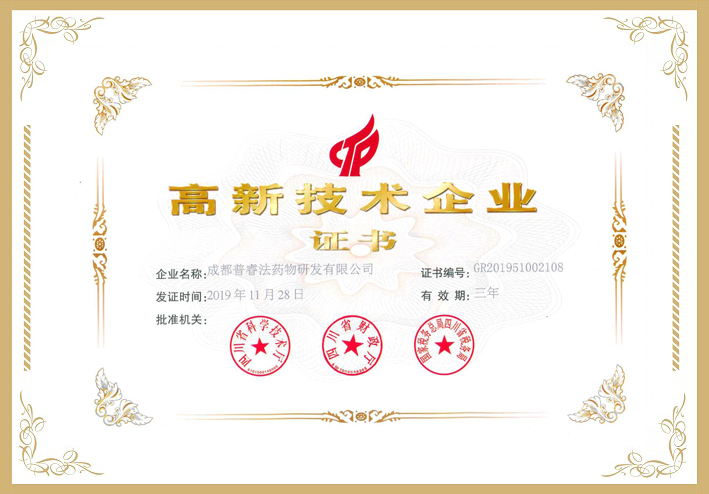Background: Breast cancer is one of the most common female malignancies. This study explored the underlying mechanism through which the two plant compounds (Brucaine D and Narclasine) inhibited the proliferation of breast cancer cells.
Objective: The purpose of this study was to explore the effect of Brucaine D and Narclasine on breast cancer development and their potential drug targets.
Methods: GSE85871 dataset containing 212 samples and the hallmark gene set "h.all.v2023.1.Hs.symbols.gmt" were downloaded from the Gene Expression Omnibus (GEO) database and the Molecular Signatures Database (MSigDB) database, respectively. Principal component analysis (PCA) was applied to classify clusters showing similar gene expression pattern. Single sample gene set enrichment analysis (ssGSEA) was used to calculate the hallmark score for different drug treatment groups. The expressions of genes related to angiogenesis, glycolysis and cell cycle were detected. Protein-protein interaction (PPI) network analysis was performed to study the interaction of the hub genes. Then, HERB database was employed to identify potential target genes for Narclasine and Bruceine D. Finally, in vitro experiments were conducted to validate partial drug-target pair.
Results: PCA analysis showed that the significant changes in gene expression patterns took place in 6 drugs treatment groups (Narciclasine, Bruceine D, Japonicone A, 1beta-hydroxyalatolactone, Britanin, and four mixture drugs) in comparison to the remaining drug treatment groups. The ssGSEA pathway enrichment analysis demonstrated that Narciclasine and Bruceine treatments had similar enriched pathways, for instance, suppressed pathways related to angiogenesis, Glycolysis, and cell cycle, etc.. Further gene expression analysis confirmed that Narciclasine and Bruceine had a strong ability to inhibit these cell cycle genes, and that MYC, CHEK2, MELK, CDK4 and EZH2 were closely interacted with each other in the PPI analysis. Drug target prediction revealed that Androgen Receptor (AR) and Estrogen Receptor 1 (ESR1) were the targets for Bruceine D, and Cytochrome P450 3A4 enzyme (CYP3A4) was the target for Narciclasine. Cell experiments also confirmed the connections between Narciclasine and CYP3A4.
Conclusion: The present study uncovered that Narciclasine and Bruceine D could inhibit the growth of breast cancer and also predicted the potential targets for these two drugs, providing a new therapeutic direction for breast cancer patients.























